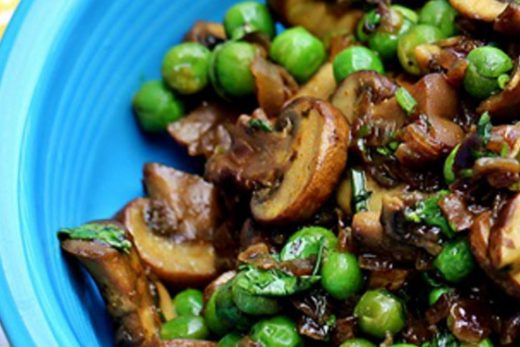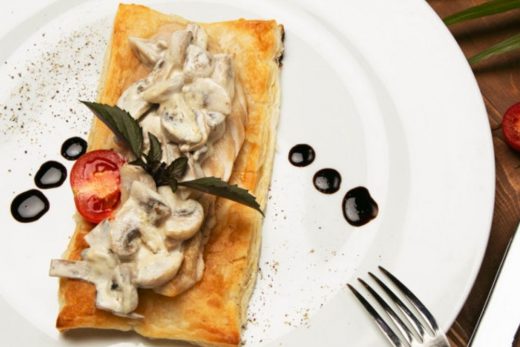The only essential step in tahini-making is grinding. But in order to get a velvety smooth texture like the stuff that comes in vacuum-sealed tins, manufacturers also soak, hull, and/or roast the seeds. Sesame seeds are encased in a thin but hardy outer bran, which is also where their pigmentation is located. Leave this on,and you’ll get a paste that takes on the color and slightly bitter overtones of the bran, with a coarse and gritty texture.
By giving the seeds a good soak in water, the bran softens up and becomes easy to remove. Afterwards, the remaining kernels can be roasted, adding intensity to the nutty aromatics present in sesame. Most traditional tahini is made with hulled, lightly roasted sesame, although a few regions (such as Gaza), are known for their russet-colored, dark roasted versions.
Feel like giving it a try? Check out our recipes for making tahini and black tahini.





